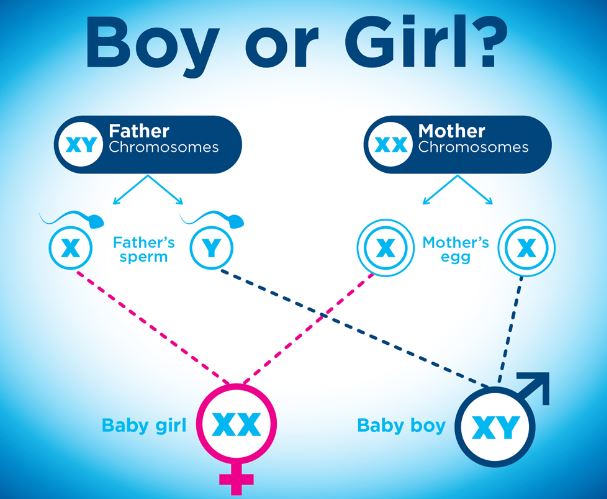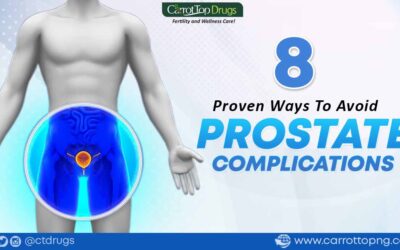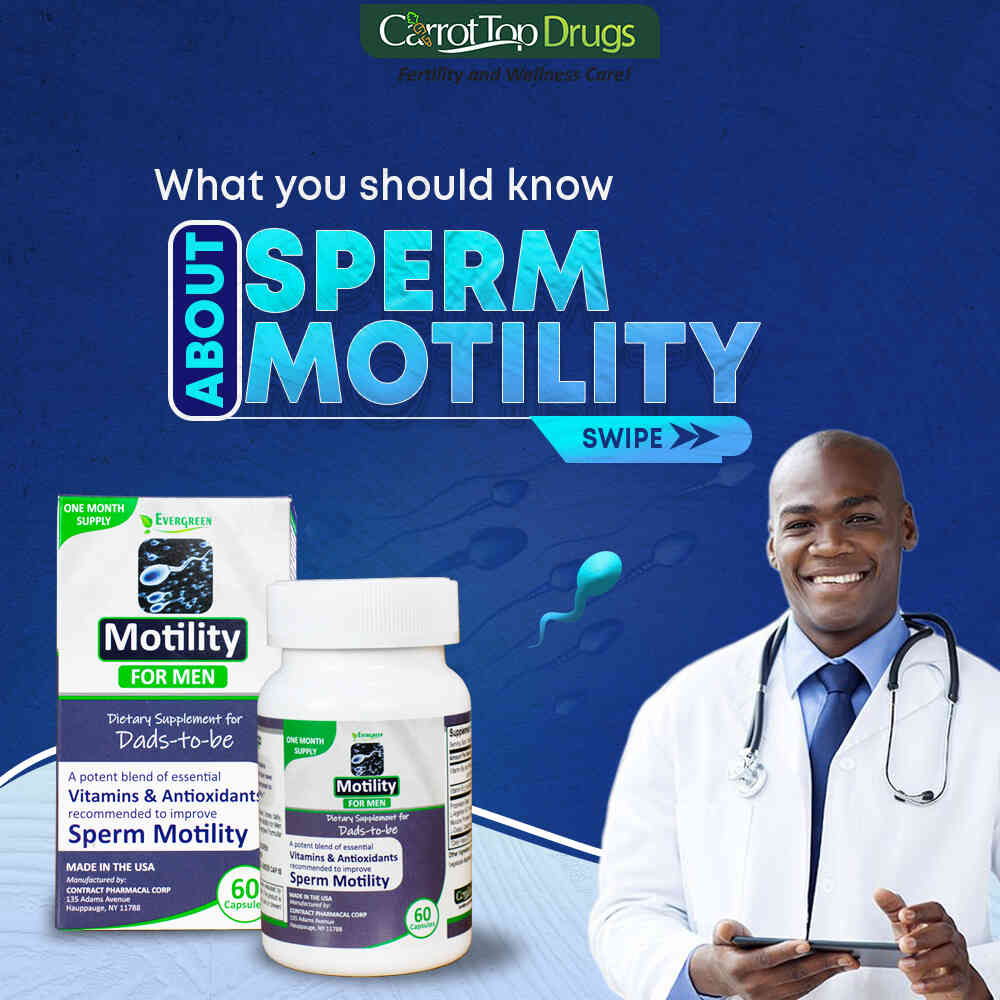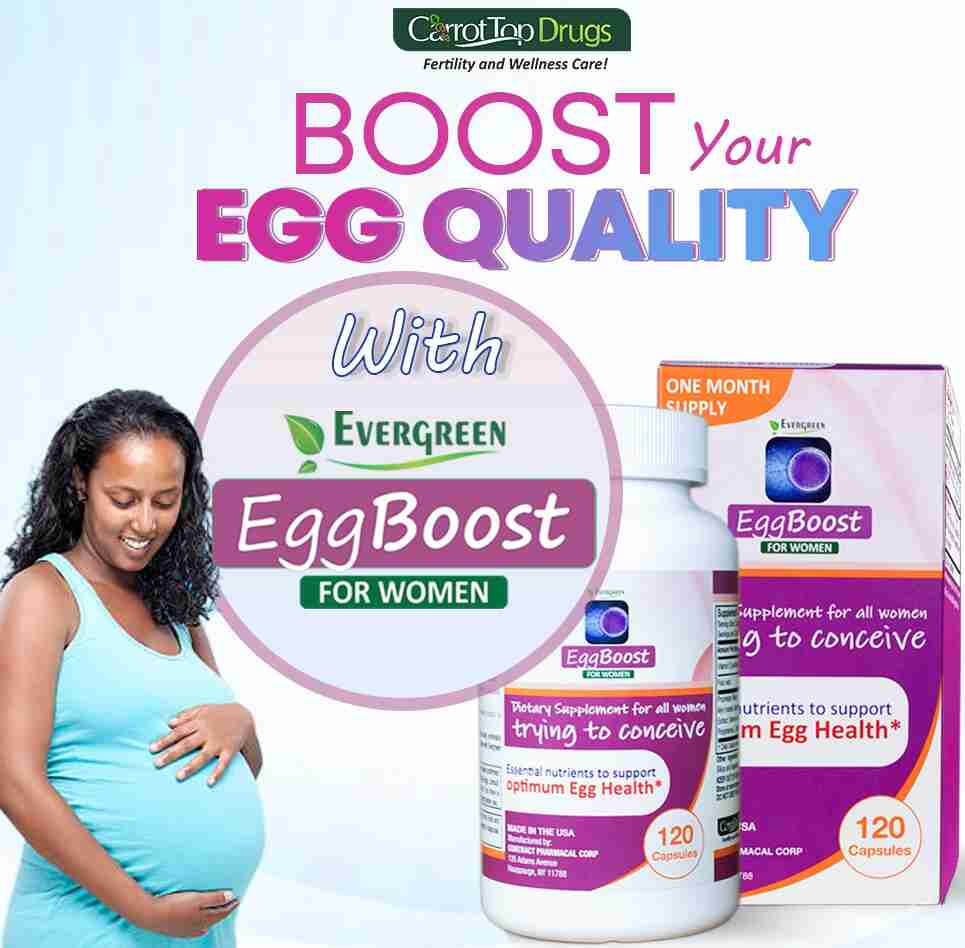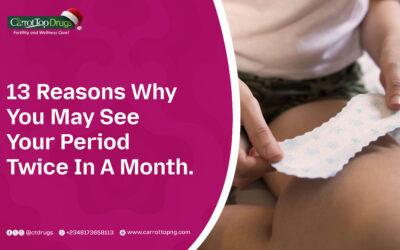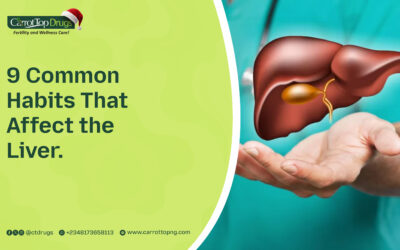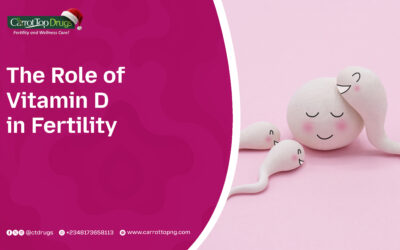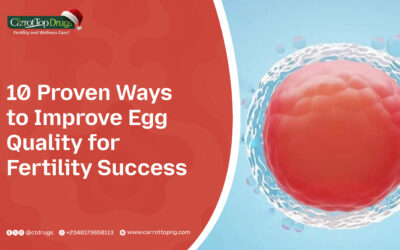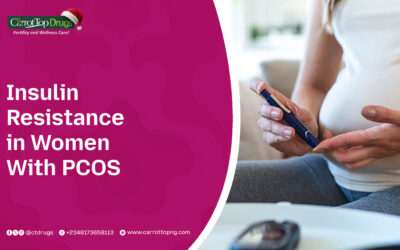introduction
Planning your conception to increase your chances of conceiving a baby boy or girl is an interesting approach many couples explore. Knowing how to use an ovulation calculator is crucial for tracking your fertile window and timing intercourse for conception. Using an ovulation calculator can help you accurately identify the optimal time to conceive, potentially increasing the likelihood of conceiving a boy or a girl.
The first thing we want to examine through this article is whether there is any possibility to predict gender and how reliable it is. If the answer to the first is yes, then, we want to examine the role of ovulation calculators in this prediction and how to use it effectively.
Statistics and Research on Conception Around Ovulation
Conception rates are highest when intercourse is timed close to ovulation. Research indicates that the fertility window is around five days before ovulation and one day after ovulation, with the peak likelihood of conception occurring within the 24 hours leading up to ovulation.
Couples who engage in intercourse during this fertility window have approximately a 20-30% chance of conceiving each cycle. By focusing on timing intercourse during the ovulation period, many couples can increase their chances of conception significantly.
Key Findings on Ovulation Timing and Conception Rates
Studies have shown that conception probability peaks on the day of ovulation itself. For instance, data from Allen et al, revealed that couples have nearly a 33% chance of conception when intercourse takes place precisely on the ovulation day. This probability sharply declines a day or two after ovulation, indicating the importance of timely intercourse.
The concept of a “fertility window” has been widely supported by research. The American Society for Reproductive Medicine (ASRM) conducted a study in which researchers identified a 6-day fertility window. They found that most conceptions occurred when intercourse took place within the 5 days preceding ovulation and on the ovulation day itself. Probability of conception dropped dramatically outside of this window.
The lifespan of sperm and eggs supports the rationale behind timed intercourse during the ovulation window. Sperm can survive for up to 5 days in the female reproductive tract, while an egg remains viable for fertilization for only 12 to 24 hours post-ovulation. This means that intercourse several days before ovulation can still lead to conception, although timing closer to ovulation offers the highest success rates.
Couples attempting conception through timed intercourse around ovulation have experienced higher success rates with consistent and frequent intercourse during this period. In fact, studies suggest that engaging in intercourse every other day or daily within the fertile window provides an optimal balance, supporting a sperm count that is neither too low nor reduced by abstinence.
Some studies have investigated whether timing intercourse within this fertility window can influence the gender of the baby. While the “Shettles Method” posits that Y-sperm (for boys) are faster but more fragile, hence advising intercourse closer to ovulation for a higher chance of conceiving a boy, there is limited scientific evidence supporting this conclusively. However, some anecdotal evidence and limited studies suggest possible correlations between timing and sex selection, though it remains largely inconclusive in large-scale research.
How to Calculate Your Ovulation Period
For accurate ovulation tracking, it’s essential to have a steady and regular menstrual cycle. Women with irregular cycles may find it challenging to predict their fertile days. If hormonal imbalance disrupts your cycle, fertility supplements, such as Evergreen Formula for Women, may help restore balance.
A typical menstrual cycle lasts between 21 and 35 days. To calculate your cycle length, count from the first day of one period to the day before the next. Ovulation usually occurs midway through the cycle, around day 14 for a 28-day cycle.
During ovulation, some signs can indicate fertility, including:
- Clearer, slippery cervical mucus
- Light spotting or discharge
- Breast tenderness
- Mild abdominal pain
However, these symptoms can overlap with menstruation or early pregnancy signs. Stress, medications, and health factors can also affect ovulation timing. To confirm ovulation, consider using an ovulation predictor kit, like Predicte, which measures luteinizing hormone (LH) levels in urine to pinpoint the most fertile days.
How to Conceive a Boy Using an Ovulation Calculator
To boost your chances of conceiving a boy, timing intercourse around ovulation is key. Male (Y) sperm swim faster than female (X) sperm but have a shorter lifespan (about 24 hours). If you want a boy, aim to have sex right at ovulation, allowing the faster Y sperm to reach the egg first.
For increased chances of conceiving a boy:
- Avoid intercourse 3-5 days before ovulation.
- Plan intercourse on the day of ovulation, as this may favor the faster-swimming Y sperm.
- Try sexual positions with deeper penetration to deposit sperm closer to the cervix, where cervical mucus can support male sperm.
Other tips for conceiving a boy include:
- Men should avoid tight clothing and overheating, as heat can reduce sperm viability.
- Women may benefit from fertile-quality cervical mucus to create a favorable environment for sperm. Fertility supplements like Evergreen CM or a sperm-friendly lubricant, such as Preseed, can help.
How to Conceive a Girl Using an Ovulation Calculator
If you’re hoping for a girl, timing sex a few days before ovulation might be beneficial. Female (X) sperm are slower but more resilient, capable of surviving up to five days in the reproductive tract. By having sex earlier, Y sperm may die off before ovulation, leaving the longer-lasting X sperm to fertilize the egg.
To conceive a girl, follow these steps:
- Have intercourse 3-5 days before ovulation.
- Avoid intercourse on ovulation day, as it could favor the faster Y sperm.
- Opt for sexual positions with shallower penetration, which may help slow the sperm’s journey to the cervix and create a better environment for X sperm.
How to Use Predicte Ovulation Test Kit to Confirm Ovulation
The Predicte Ovulation Test Kit is a convenient way to confirm ovulation. It detects the LH surge, which typically occurs 24-36 hours before ovulation.
Instructions:
- Urine Collection: Avoid using your first-morning urine, as LH levels are synthesized in the morning. The ideal testing time is between 10 a.m. and 8 p.m.
- Test Procedure: Follow these steps:
- Remove the test strip from its packaging.
- Immerse the strip in urine for 5 seconds, then place it on a clean, flat surface.
- Wait for the results, which should appear within 40 seconds. A complete result may take up to 10 minutes.
Positive Result: A positive test line indicates a high likelihood of ovulation within the next 24-36 hours.
By using an ovulation calculator and confirming ovulation with a test kit, you can maximize your chances of conceiving at the desired time.
Conclusion
Using an ovulation calculator is a practical tool for tracking your fertility, understanding your cycle, and timing intercourse for conception. While timing intercourse based on ovulation can slightly improve the chances of conceiving a baby boy or girl, there is no guaranteed way to select a baby’s sex naturally. Gender prediction by timing is more about maximizing your odds within the limits of biology rather than a surefire method.
FAQs
- Can I accurately predict my baby’s sex using an ovulation calculator?
The timing method is not foolproof. While it may improve your chances slightly, factors beyond timing influence gender. - How reliable are ovulation calculators?
Ovulation calculators are reliable for estimating your fertile window, but irregular cycles can reduce accuracy. - Do ovulation predictor kits work for everyone?
Yes, but women with very irregular cycles may still find it challenging to pinpoint exact ovulation without additional help. - Is it safe to use fertility supplements?
Supplements are generally safe but consult a doctor before use to ensure they’re suitable for your health. - Can stress affect my ovulation timing?
Yes, high stress can delay or disrupt ovulation, affecting conception timing. - Are there side effects of using ovulation predictor kits?
Ovulation kits are safe with no known side effects. - How long should I try timing-based conception methods before seeking medical help?
If conception doesn’t occur within a year (or six months for women over 35), consider consulting a fertility specialist.

